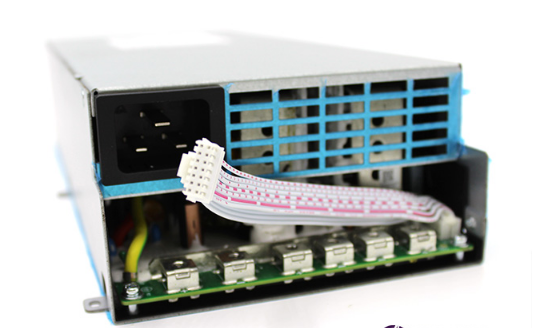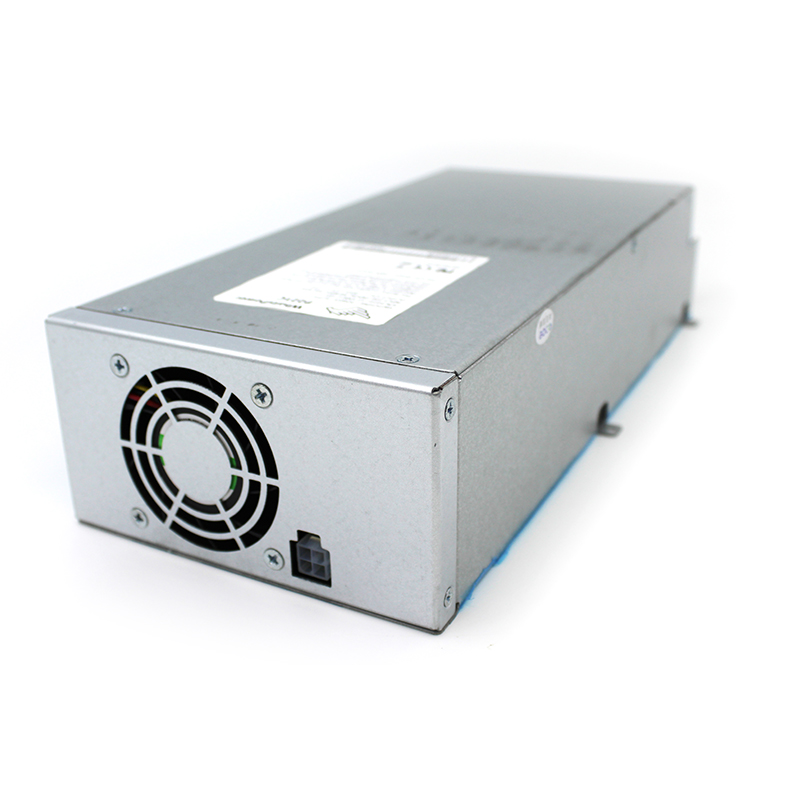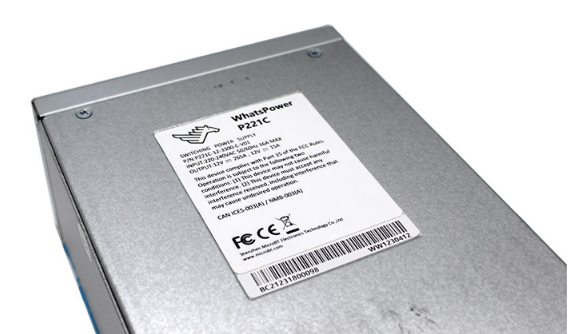What type of cooling is needed for Whatsminer P221C PSU during 24/7 use?
April 6, 2025
What Type of Cooling is Needed for Whatsminer P221C PSU During 24/7 Use?
Cryptocurrency mining is an energy-intensive operation that demands not only high-performance hardware but also meticulous attention to thermal management. The Whatsminer P221C PSU, a robust power supply unit designed for professional mining operations, is no exception. While its industrial-grade engineering ensures efficient power delivery and reliability, proper cooling is essential to maintain optimal performance and longevity during 24/7 use. This article delves into the cooling requirements for the Whatsminer P221C PSU, exploring practical strategies to enhance its efficiency and durability in real-world mining environments.
Understanding the Whatsminer P221C PSU: A Powerhouse for Mining Operations
Before discussing cooling solutions, it’s crucial to understand the unique characteristics of the Whatsminer P221C PSU. This power supply unit is specifically engineered to support high-performance mining hardware such as the M2X, M3X, and M50 series miners. With a stable 12V DC output at 265 amperes and an impressive 95% power efficiency rating, the P221C minimizes operational costs and heat generation—two critical factors in mining profitability.

However, even with its high efficiency, the P221C generates heat during continuous operation, especially in high-density mining setups. Heat buildup can compromise the PSU’s performance, reduce its lifespan, and potentially lead to system failures. Therefore, implementing effective cooling strategies is essential to ensure the P221C operates reliably around the clock.

The Importance of Cooling for the Whatsminer P221C PSU
Cooling is a cornerstone of any successful mining operation. For the Whatsminer P221C PSU, proper thermal management serves several key purposes:
- Maintaining Efficiency: Excessive heat can reduce the PSU’s efficiency, increasing power consumption and operational costs.
- Extending Lifespan: Heat is a primary factor in the degradation of electronic components. Effective cooling helps preserve the PSU’s integrity over time.
- Preventing Downtime: Overheating can trigger thermal protection mechanisms, causing the PSU to shut down unexpectedly and disrupting mining operations.
- Ensuring Stability: Stable temperatures contribute to consistent power delivery, which is critical for the optimal performance of connected mining hardware.
Given these considerations, let’s explore the cooling strategies best suited for the Whatsminer P221C PSU.
Practical Cooling Solutions for the Whatsminer P221C PSU
1. Passive Cooling: Leveraging Natural Airflow
The Whatsminer P221C PSU is designed with a compact form factor and durable components that can handle moderate heat loads. In well-ventilated environments, passive cooling—relying on natural airflow—can be sufficient. To optimize passive cooling:

- Position the PSU Strategically: Ensure the PSU is placed in a location with unobstructed airflow, away from other heat-generating equipment.
- Use Open-Frame Racks: Open-frame mining racks promote better air circulation compared to enclosed cabinets.
- Maintain Cleanliness: Regularly clean dust and debris from the PSU and surrounding area to prevent airflow blockage.
2. Active Cooling: Enhancing Airflow with Fans
For high-density mining setups or environments with limited ventilation, active cooling is often necessary. Active cooling involves using fans to increase airflow and dissipate heat more effectively. Consider the following approaches:
- Install Exhaust Fans: Position exhaust fans near the PSU to draw hot air away and bring in cooler air.
- Use High-Performance Fans: Opt for industrial-grade fans with high CFM (cubic feet per minute) ratings to maximize airflow.
- Create a Cross-Flow System: Arrange intake and exhaust fans to create a cross-flow pattern, ensuring consistent cooling across the entire setup.
3. Liquid Cooling: Advanced Thermal Management
While less common for PSUs, liquid cooling offers superior heat dissipation for extreme mining environments. Liquid cooling systems circulate coolant through a closed loop, absorbing heat from the PSU and dissipating it through a radiator. This method is highly effective but requires additional investment and maintenance.
4. Environmental Control: Optimizing the Mining Space
The ambient temperature of the mining environment plays a significant role in the PSU’s thermal performance. To create an ideal operating environment:
- Maintain a Cool Room Temperature: Use air conditioning or ventilation systems to keep the room temperature within a safe range (typically 20–25°C).
- Monitor Humidity Levels: Excessive humidity can affect cooling efficiency and pose a risk to electronic components. Aim for a relative humidity of 40–60%.
- Isolate Heat Sources: Separate the PSU and mining rigs from other heat-generating equipment to minimize thermal interference.
5. Regular Maintenance: Ensuring Long-Term Performance
Even with the best cooling setup, regular maintenance is essential to sustain the PSU’s performance. Key maintenance practices include:

- Inspecting Fans and Filters: Check cooling fans and air filters for dust buildup and replace them as needed.
- Monitoring Temperatures: Use temperature sensors to monitor the PSU’s operating temperature and adjust cooling strategies accordingly.
- Upgrading Components: As your mining operation scales, consider upgrading cooling systems to match increased heat loads.
Real-World Applications: Cooling the Whatsminer P221C PSU in Action
To illustrate the practical value of these cooling strategies, let’s examine a real-world scenario. A mid-sized mining farm with 50 Whatsminer M50S rigs relies on the P221C PSU for power delivery. Initially, the farm experienced frequent thermal shutdowns due to inadequate cooling in their enclosed storage facility.
By implementing a combination of active cooling and environmental control measures, the farm significantly improved its thermal management:
- They installed high-CFM exhaust fans to remove hot air from the facility.
- Added an air conditioning system to maintain a consistent room temperature.
- Repositioned the PSUs to ensure optimal airflow.
These changes not only eliminated thermal shutdowns but also reduced the PSUs’ operating temperatures by 15%, enhancing their efficiency and extending their lifespan.
Key Takeaways: Prioritizing Cooling for Optimal Performance
The Whatsminer P221C PSU is a powerful and efficient power supply unit, but its performance during 24/7 use hinges on effective cooling. Whether you rely on passive cooling, active cooling, or advanced liquid cooling systems, the goal is to maintain stable temperatures and prevent heat-related issues. By optimizing your cooling strategy and maintaining a conducive operating environment, you can maximize the P221C’s efficiency, reliability, and longevity, ensuring your mining operation remains profitable and sustainable.
In the ever-evolving world of cryptocurrency mining, where every watt and degree matters, investing in proper cooling for your Whatsminer P221C PSU is not just a recommendation—it’s a necessity.